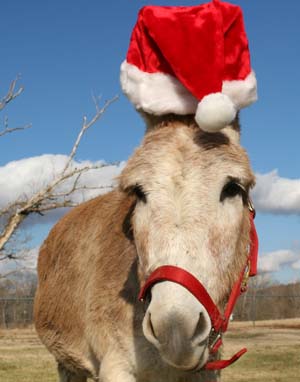Depression affects approximately three percent of the population, making it one of the most common mental disorders. It is also difficult to treat in some cases. While many people benefit from traditional therapy, it is widely believed that many patients require a boost from an additional type of treatment. One such additional therapy may come in a surprising form. “Green care” or “care farming” is a new idea being tested to determine whether hands-on work at a farm may hold benefits for those suffering from depression. Therapy in green care revolves around improving mood and outlook through tasks focused on self-efficacy and self-esteem. Those who participate in green care are given a chance to volunteer on the farm, where new skills are learned and there are interactions with other workers along with the farm animals. Norwegian researchers recently conducted a study to test the effectiveness of green care in treating depression. The study focused on an animal-assisted intervention over the course of 12 weeks and involved clinically depressed individuals. Included in the research were 27 participants, who were split into a group of 16 receiving green care therapy and 13 who received traditional therapy treatment. The participants went to one of 11 dairy farms for a period of one and a half to three hours, twice each week, over a three month period. In order to receive the benefits believed to be tied to working with animals, the participants were directed to work in activities that brought them in direct contact with dairy cows. However, participants were free to choose in what form they interacted, such as grooming, feeding or caring for calves or milking. Over the 12 week period, the researchers conducted questionnaires with the participants to determine the extent of their depression, anxiety and self-efficacy. The participants were asked to complete the questionnaires at the beginning of the period and at several points during the study. Participants in both green care and traditional therapy groups indicated that they had made progress in the assessments. The results, however, did not indicate a significant difference between the green care and traditional therapy groups when measuring mental health. Depression levels in green care participants did decline significantly between the time of recruiting and the three month follow-up and remained steady after that. Self-efficacy was also shown to improve over the study period, which was not observed in the controls. The alternative therapy, therefore, appeared to be slightly more beneficial and help an overall higher number of people when compared to traditional therapy. While the findings failed to show a significant difference between green care and traditional therapy outcomes, this may still be a promising find. For those patients who do not desire to participate in traditional therapy or who prefer a green care setting and strategy, there may be benefit in pursuing this type of treatment.
Call for Immediate Help:1.844.876.7680

